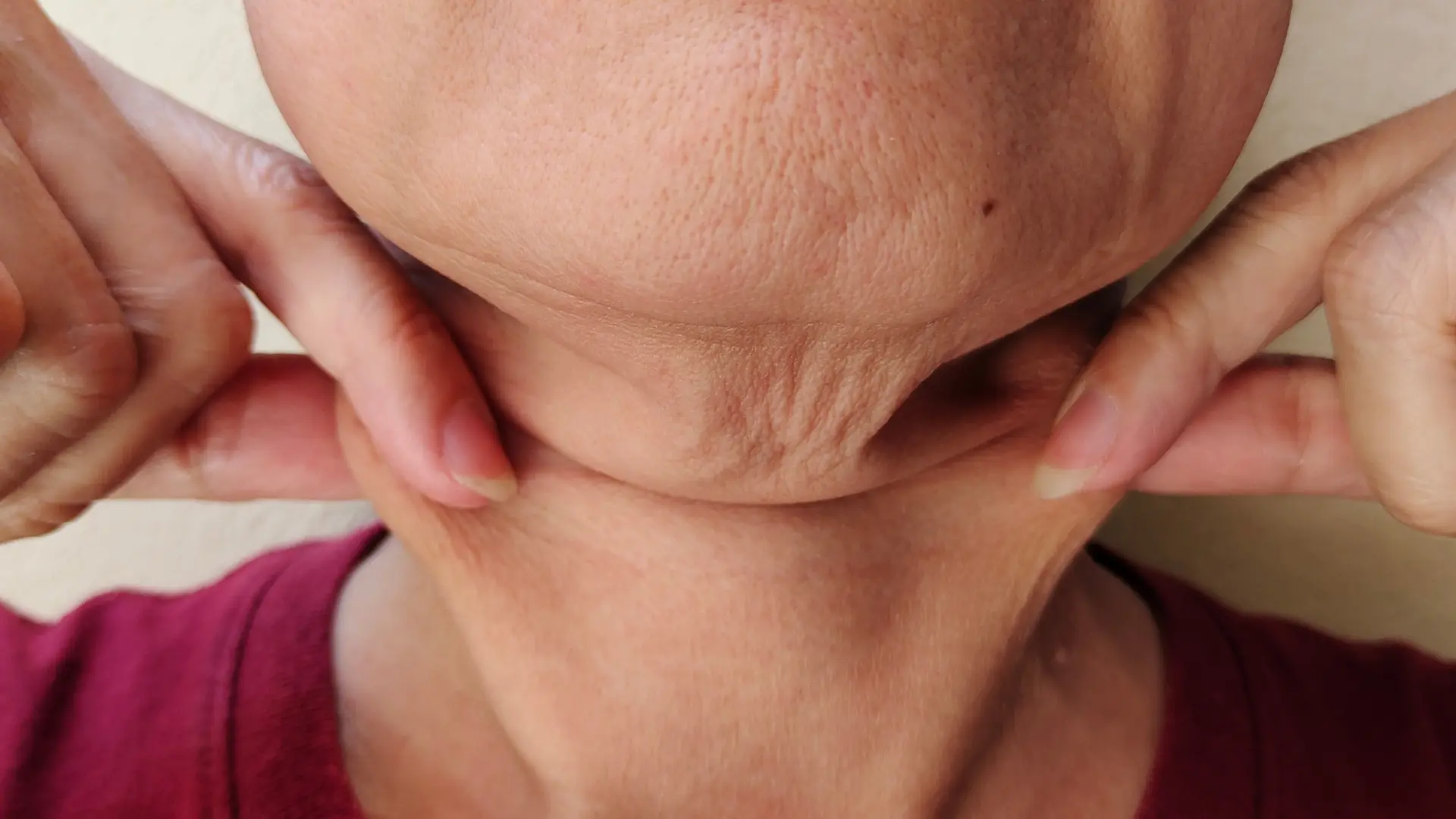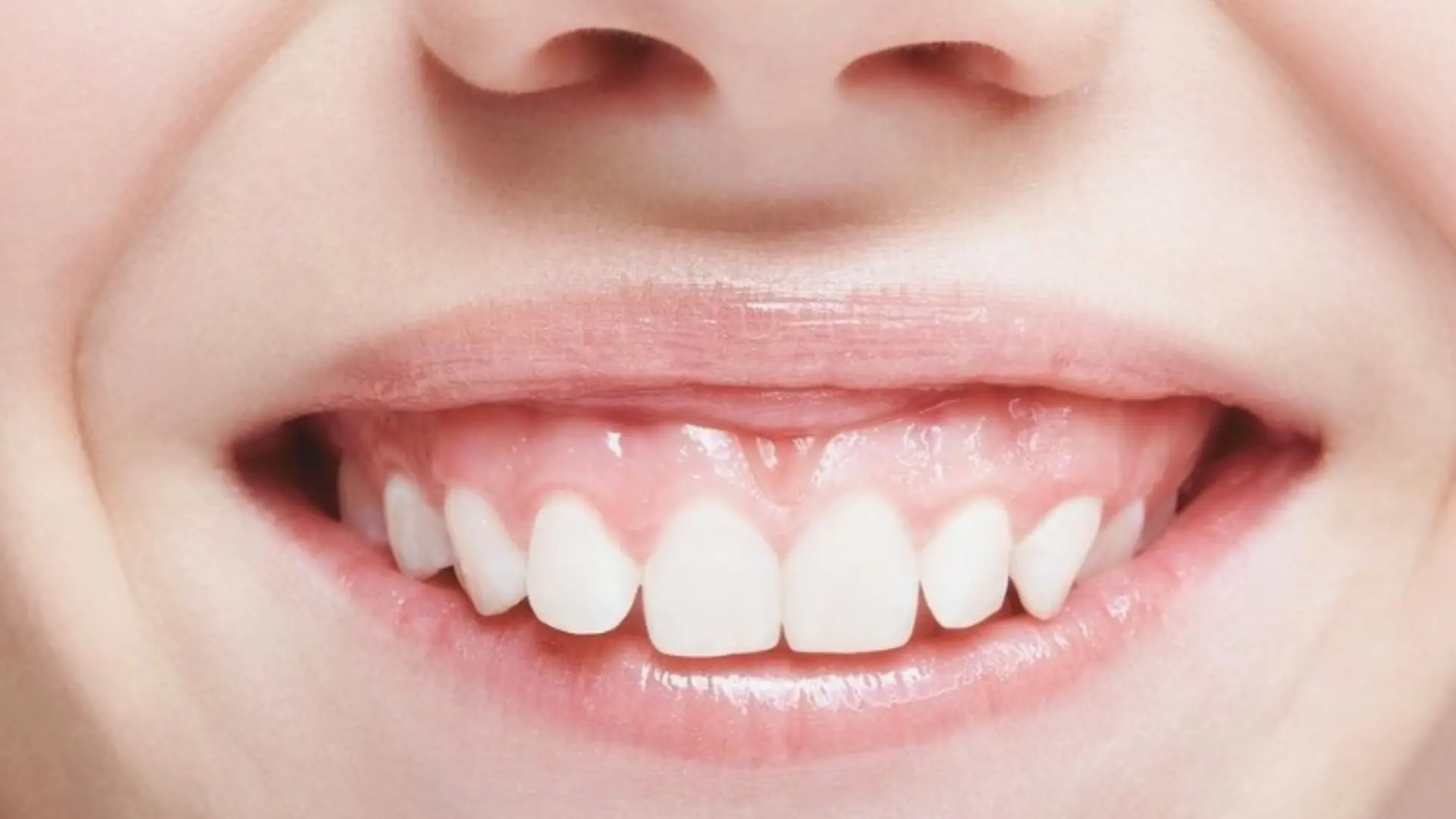Breast cancer is a type of cancer that develops from cells in the breast tissue. It can occur anywhere in the breast tissue. The most common is the so-called ductal variant of cancer, which begins in the milk ducts of the breast. Lobular cancers that begin in the milk-producing glands are also quite common.
Breast cancer is observed in one out of every 10 women, and this rate is higher today. The breast is one of the most important parts of the female body. Taking one or two breasts because it symbolizes femininity causes depression and social adjustment disorders in patients.
Breast reconstruction surgery can also be done at the same time as breast cancer surgery, or it is done in the process after radiation and chemotherapy are completed.
Patients on which Breast Reconstruction is Performed
All women diagnosed with early or late breast cancer or undergoing radiation/chemotherapy treatment are candidates for breast reconstruction. It is not applied to patients whose health condition prevents surgery.
Patients eligible for breast repair:
- Patients with early-stage breast tumors (stage 1)
- Patients who will have their entire breast removed, patients who will receive chemotherapy, patients who will not receive radiation therapy
- Patients who will have part of their breast removed before surgery and patients who will receive radiation therapy after surgery
- Patients who may have breast reconstruction at a late stage, after the completion of oncological treatment
- Late breast reconstruction is a breast repair procedure performed after the patient has completed the course of chemotherapy and radiation therapy. The group of patients who can be treated with late reconstruction is as follows:
- Patients whose entire breast has been removed and the radiotherapy process has been completed
- Patients who have had part of their breast removed and have completed the radiotherapy process
What are the methods of breast reconstruction (repair)?
- Breast repair with a tissue expander or prosthesis
- Breast repair with the patient’s own tissue
- Breast repair procedures in which both the patient’s own tissue and the prosthesis are used together.
Who is eligible for breast repair with a prosthesis ?
Breast implant repair can be performed simultaneously with cancer surgery or several years after cancer surgery in patients who have not received or will not receive radiation therapy for breast tissue in breast cancer surgery. These methods can be summarized as follows:
- Skin protective mastectomy with simultaneous prosthesis repair:
In breast corrections parallel to oncological surgery, prostheses can be worn after a skin-protective mastectomy, especially on small breasts that do not have sagging skin. The most suitable patient for performing reconstruction surgery with a simultaneous prosthesis in patients with small or medium-sized breasts who will not undergo radiation therapy. It is more challenging to maintain the circulation of the nipple in patients with thin and sagging breast skin than in others. On the other hand, receiving radiation therapy can cause asymmetries in the breast for a long period of time, as it increases capsule contracture. Therefore, it is necessary to provide symmetry again with revision surgeries.
The prosthesis is placed under the muscle. During the removal of the breast, a prosthesis is inserted through the incision used by the general surgeon. In cases where the nipple and areola have been removed for cancer surgery, the nipple and areola can be reconstructed.
- Breast repair after mastectomies, in which both the skin and breast tissue are removed together:
In some cases, along with breast tissue, the skin is also removed in oncology surgeries. For this reason, in order to have a place to put a prosthesis in these patients, a balloon should be placed under the muscle and skin in the same oncology surgery and inflated with serum, and then the prosthesis should be placed in a second session. It takes 2-3 months for the inflation and the balloon to fully settle.
As with simultaneous repairs in patients admitted many years after mastectomy, the skin is expanded with a tissue expander, after which it can be repaired with a prosthesis. In some cases, along with breast tissue, the skin is also removed in oncological surgery.
In order to have a place to put a prosthesis in these patients, a balloon placed under the muscle and under the skin and inflated with salt water muscle during the same session as oncological surgery should be inflated sufficiently and the prosthesis should be suitable. If it is inflated in the second session, the inflation lasts about 2-3 months, the appropriate prosthesis is installed in the third session.
In patients who apply for oncological surgery years later, just like with simultaneous repairs, the skin is expanded with a tissue expander first and then repaired with a prosthesis.
What Complications Can Occur After Breast Reconstruction?
Problems that may arise during surgery are called complications. Bleeding at an early stage, prolongation of the healing process in the skin tissues, accumulation of seroma (liquid) in the breast or surrounding tissues, and incompatibility of tissues can be some of these problems.
Also, patients may have problems with wound healing. Although all surgeries are risky, some medical conditions such as the following can increase the risk of complications.
- Smoking
- Obesity
- Diseases such as blood pressure, sugar, and heart disease
- Patients undergoing chemotherapy
If patients have several risk factors, they may have wound healing problems. Doctors plan the surgical strategy in such cases in such a way as to reduce the risk.
How Is the Healing Process?
The healing process varies depending on the surgery performed. If the breast has been repaired with an implant (prosthesis), patients rest in the hospital for two days and at home for two weeks. During this two-week period, the necessary examinations of the patients are carried out. At the end of this process, the patient can resume his daily life and go to work. If the patient is engaged in sports, then after 2-3 weeks he can start walking or running.
After 6-8 weeks, more strenuous exercises such as Pilates, and yoga can be performed. The process works differently when breast correction is performed using the patient’s own tissue.
After six and eight weeks, sports that require more effort begin to be performed. The patient returns to his normal life in the third month.
Contact us now to get professional counseling from Dr. Burak Sercan regarding your next tissue repair procedure.











